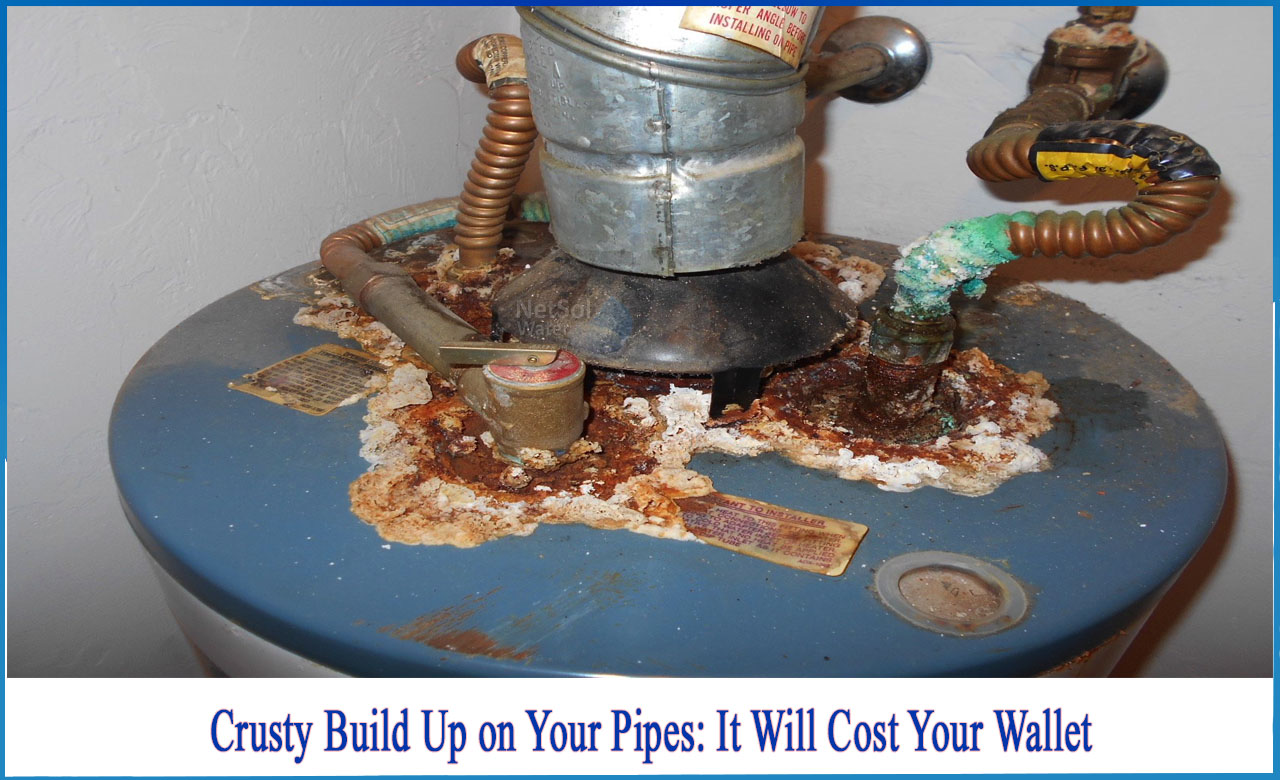What is Corrosion?
Corrosion is one of the leading causes of failures in onshore transmission pipelines (both gas and hazardous liquids) globally. It also is a threat to gas distribution mains and services, as well as oil and gas gathering systems.
From a scientific point of view, corrosion is well understood, both in terms of causal mechanisms and method of control. The corrosion behaviour of a piece of steel in a beaker of salt water is predictable and controllable. However, despite the current level of industry knowledge, pipelines continue to experience a modest but significant number of failures due to corrosion. The reason is that the corrosion behaviour of a buried pipeline is much more complicated than that of a piece of steel in a beaker of salt water.
FACTORS & MITIGATION
The most important factors that complicate the investigation and/or mitigation of corrosion include the following:
- The chemical properties of the environment surrounding a buried pipeline are not adequately understood.
- Variations in the oxygen content, moisture content, and chemical composition of the soil along the pipe length and from top to bottom of the pipe can act as concentration cells that promote corrosion.
- Moisture content and oxygen content of the soil also vary with time. Coating quality varies along the length of a pipeline.
- Coatings sometimes become dis-bonded from the pipe surface, allowing groundwater to contact the steel but shielding the steel from cathodic-protection currents.
- Disbonded coating will prevent aboveground survey detection of underlying corrosive conditions.
- Physical variations in soil characteristics and placement (gaps, etc.) affect the distribution of cathodic-protection current.
MONITORING CORROSION
There are several monitoring methods that are effective in evaluating internal corrosion as well as the conditions conducive to its development. One method involves the installation and periodic examination of removable corrosion coupons in areas of the pipeline known to be susceptible to internal corrosion. This method can provide data on corrosion rates and the conditions that are causing the corrosion.
Correct placement of the coupons is critical to the accuracy of the evaluation. Coupons must be placed as close as possible to the entry point of the electrolyte and in direct contact with it. There are several designs to accomplish this, but, at present, there is no industry guidance or standard to direct operators in proper coupon placement. To highlight the disparity, some operators have suggested that the removable corrosion coupons be installed at low points in the pipeline.
TYPES OF CORROSION
1-EXTERNAL CORROSION It seems reasonable to assume that any buried or submerged pipeline should be identified as susceptible to external corrosion, although, in principle, it might be possible for a segment to be located in a soil that is not corrosive. The burden of proof would rest upon the pipeline operator and would be considerable.
2-INTERNAL CORROSION It would not be identified as a threat for any pipeline that could be confirmed to be free of liquid water. However, for the majority of pipelines, the possibility of introducing some water with the supply gas or liquid cannot be ignored, so an evaluation of the threat of internal corrosion would be appropriate.
Netsol Water is Greater Noida-based leading water & wastewater treatment plant manufacturer. We are industry's most demanding company based on client review and work quality. We are known as best commercial RO plant manufacturer, industrial RO plant manufacturer, sewage treatment plant manufacturer, Water Softener Plant Manufacturers and effluent treatment plant manufacturers. Apart from this 24x7 customer support is our USP. Call on +91-9650608473, or write us at enquiry@netsolwater.com for any support, inquiry or product-purchase related query.



